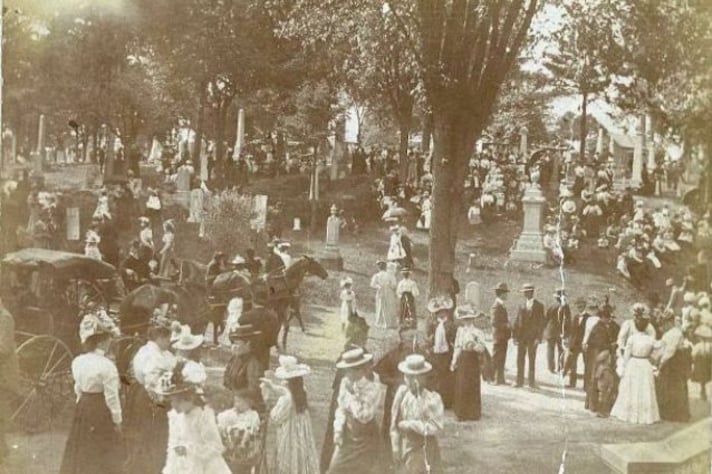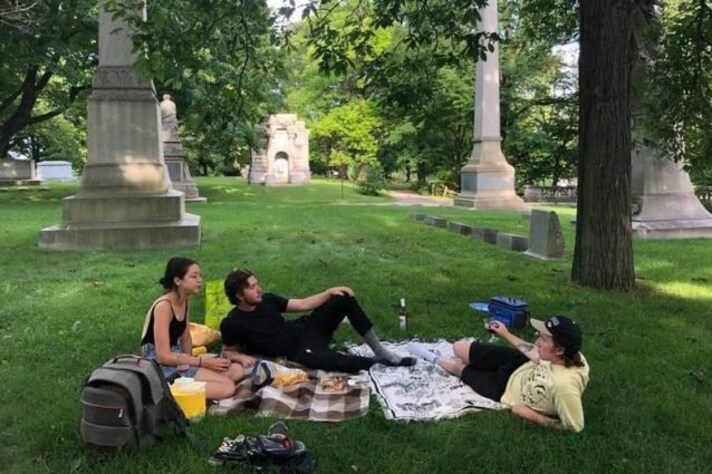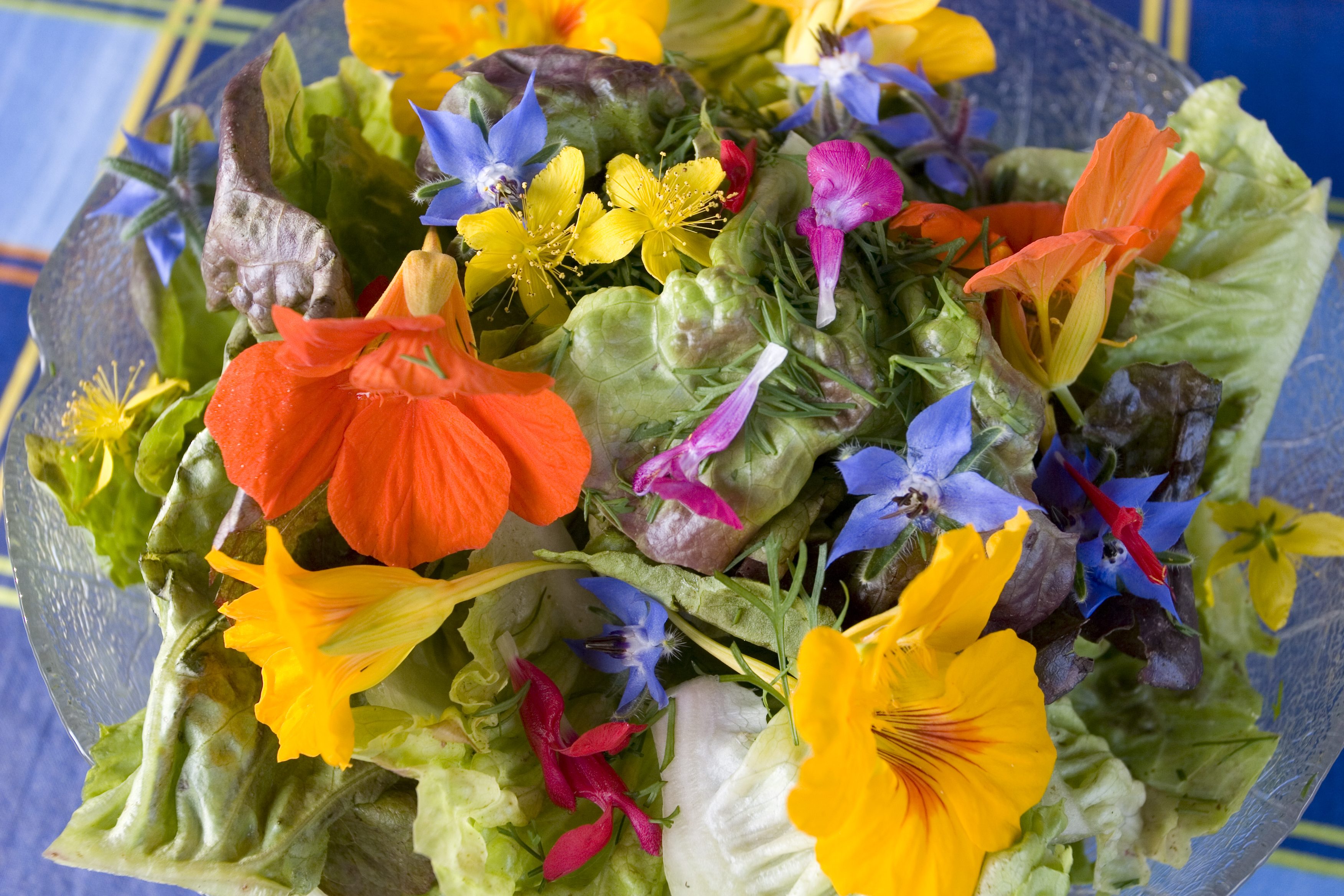Did You Know Americans Used to Hang Out and Have Picnics in Graveyards?
In the 19th century, Americans often picnicked in cemeteries, treating them as parks before city green spaces existed. Rooted in Victorian values of mourning and memory, this practice faded as urban parks developed. While it’s less common in the U.S. today, some historic cemeteries now host events, and other cultures worldwide continue dining with the dead as a tradition.

With Halloween around the corner, it’s common to see images of people wandering graveyards in movies, trying to raise spirits or summon the dead. But what if I told you that, in the past, Americans visited graveyards not for séances but for picnics? Yes, the notion of hanging out in cemeteries was once quite normal—and not in the “horror movie” kind of way. During the 19th century, Americans enjoyed leisurely picnics among the tombstones, a practice that might sound eerie now but was once a wholesome community activity.
The Birth of a Graveyard Picnic
In the 19th century, when city cemeteries transformed into what we now know as “rural cemeteries,” Americans began treating these spaces like parks. Cemeteries such as Mount Auburn in Massachusetts and Green-Wood in Brooklyn were designed as peaceful retreats from the hustle and bustle of urban life. Back then, city parks were rare, and these lush, expansive graveyards became the perfect spots for families to gather, stroll, and—yes—enjoy picnics. The practice wasn’t about communing with spirits but rather spending time outdoors and paying respects to deceased loved ones in a space that was both beautiful and serene.

Mourning with a Twist
The Victorian era brought with it an obsession with death, mourning rituals, and the idea of memorializing loved ones. Picnicking in cemeteries aligned with these cultural values, as it allowed people to remain close to their deceased family members and commemorate them in a tangible, personal way. Dining near gravestones was seen as a form of reverence, not irreverence. It wasn’t uncommon for families to make day trips to cemeteries, visiting loved ones’ graves, cleaning them, and then spreading out a blanket for a picnic. Rather than avoiding death, Americans of this time embraced it as part of their social and cultural life.
Why the Graveyard Picnics Began to Fade
So, why did Americans stop packing picnic baskets for cemetery outings? As the 20th century progressed, city parks became more common, providing dedicated spaces for leisure activities that were separate from burial grounds. Cemeteries increasingly became more about solemnity and less about socializing. As the cultural shift towards the compartmentalization of grief grew stronger, graveyards were no longer viewed as acceptable spaces for picnics. Additionally, the rise of suburban living and the development of designated public parks meant people had more options for outdoor gatherings that didn’t involve gravestones as backdrops.

Is Cemetery Picnicking Making a Comeback?
Believe it or not, there has been a slight revival of the cemetery picnic, though it’s far from a widespread trend. In some cities, historic cemeteries like Hollywood Forever in Los Angeles and Green-Wood Cemetery in Brooklyn have started hosting outdoor movie nights, concerts, and even guided tours—sometimes with picnic options. These events have become popular, blending the line between reverence for the past and modern leisure. While we’re not quite seeing 19th-century-style picnic blankets spread out en masse, people are slowly returning to these historic sites, reconnecting with the past in new ways.
Around the World Dining with the Dead Lives On
While Americans may have largely moved away from dining in cemeteries, other cultures continue the tradition of eating among the dead. In Mexico, the Day of the Dead (Día de los Muertos) is a vibrant celebration where families visit graveyards, decorate graves, and bring food to share with their departed loved ones. The Philippines has a similar practice during Undás, where families gather in cemeteries for meals. In parts of Eastern Europe, particularly Romania, feasts are held at gravesites to honor deceased relatives. The act of dining with the dead, while less common in the U.S., remains a meaningful practice for many cultures that view these meals as a way to maintain connections with their ancestors.
;Resize,width=767;)
;Resize,width=712;)

;Resize,width=712;)
